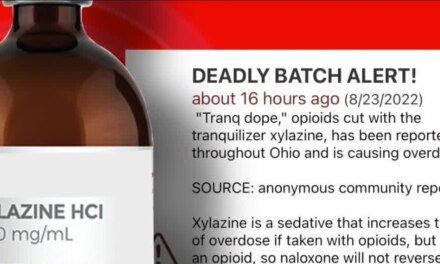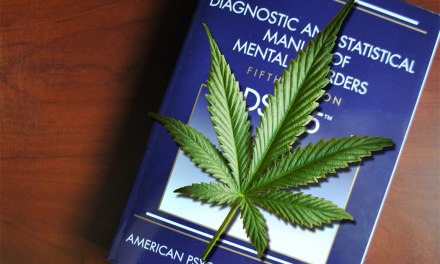There’s a famous country blues song, by Son House, titled “Death Letter Blues.” Opening lines:
Got a letter this morning, what do you reckon it read?
Hurry, hurry, ‘cause the gal you love is dead.
Got right to the point, those old-time blues artists.
In those days, death letters were common. Not so much now, since there are so many other ways to communicate tragedy to the bereaved. They’re still in use, I believe, to notify the families of soldiers killed in wartime. Local police departments, meanwhile, prefer to arrive at your front door.
“The Knock”, it’s sometimes called. If you’ve ever had to inform a parent of the death of their child, you know the only thing that could possibly feel worse is to be on the other end of that conversation.
Which brings me to a pair of recent studies that began back in 2017 and involved letters sent by the San Diego County medical examiner’s office to physicians who were known to have prescribed opioids to a patient that later died of an overdose.
The researchers were interested in whether the receipt of a letter such as that would lead the physician to be more cautious in prescribing opioids in future. The answer: appears that it did. And the effect persisted, for at least a year.
There was an initial reduction of almost 10% at the 3 month mark, holding at 7% fewer opioids prescribed at the end of the first year following receipt of one of these letters.
No one’s exactly sure why, however. It could simply be the doctor was more aware, now that it seemed someone had been watching the outcome. Big Pharma firms pioneered the practice of tracking physician prescribing habits in order to determine which of the many thousands of doctors would likely be open to using more of the company’s products.
I believe Purdue Pharma adopted that technique to target sales of Oxycontin to prescribers who’d already shown a willingness to ‘be more open’ to using opioids for longterm noncancer pain.
“I think the letter just helped doctors make the connection between their actions and the bad outcome that happened much later,” offered one specialist.
Seems reasonable. Problems with opioid use often occur in the extended gap between physician visits, and doctors may have little or no contact with their patients for months at a stretch. That makes it easier to prescribe an opioid in the belief that the patient will use it as directed — without considering the distinct possibility that they won’t.
“I warned her to be careful with the medicine,” a physician may say, with a shrug. As if the patient somehow failed in their duty to the medical profession.
Opioids are addictive, after all, and physical dependence does develop in most users after only weeks of regular use. Once tolerance to the medication becomes a factor, the original dose simply stops being as effective as it once was — an incentive for the patient to take more.
I believe the latest figures for opioid fatalities in the US are 109,000 dead from 2021 through March of 2022, some 75% of which involved opioids. Of course, many of those opioids were illegally obtained, and may have had fentanyl added. Still, the majority of opioid users we see in treatment report having initiated opioid use with prescription painkillers. Heroin, and street dope in general, came later.
I can’t project whether the death letter method will catch on elsewhere. Still, the early results are in, and there does seem to be something in the idea worth exploring.













